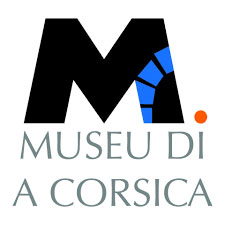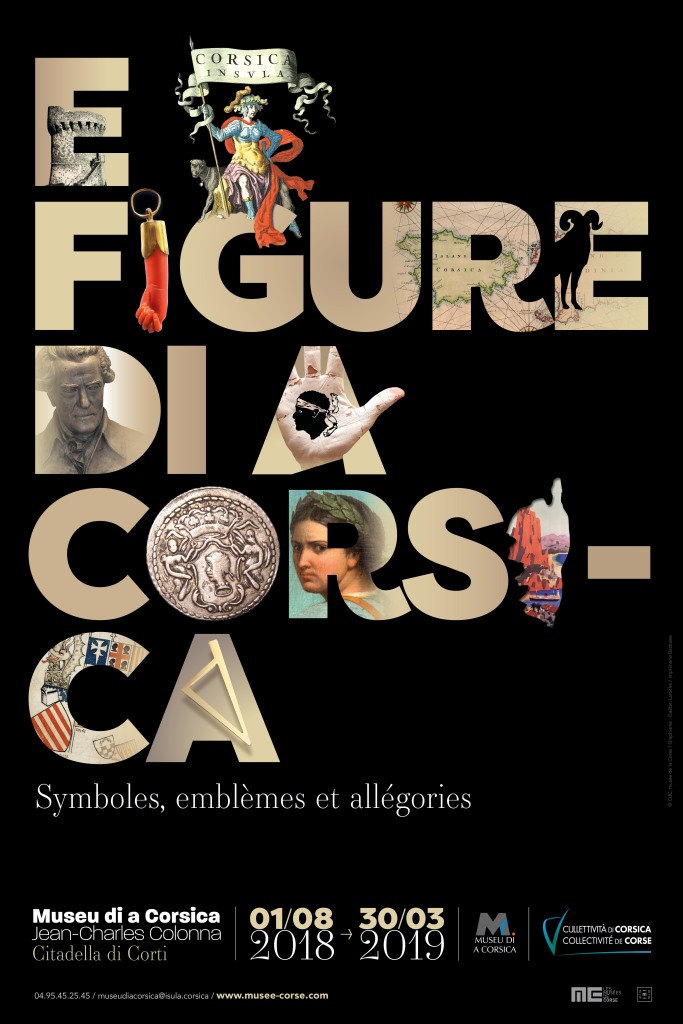EXTENSION of the exhibition until August 31, 2019
Due to its success, the exhibition “E Figure di a Corsica. Symbols, emblems and allegories” currently presented at the Museum of Corsica, is extended until August 31, 2019.
On this occasion, visitors will be able to discover new works: a monstrance from the Treasury of the Cathedral of St. Mary of the Assumption in Bastia and made by the Roman goldsmith Pietro Belli in 1864, the unpublished drawing of a corsair galley paved with three heads of Moorish which was the first ship of the fleet of Pascal Paoli, an allegory of Corsica painted by Mathieu Novellini around 1870 and the original manuscripts of the Memoirs of Sebastiano Costa, chancellor of King Theodore in 1736.
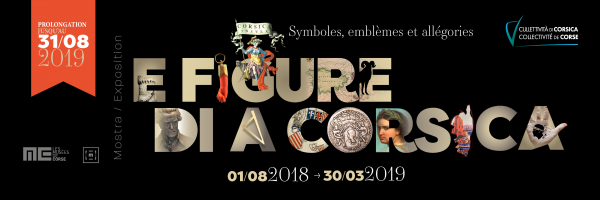
E figure di a Corsica. Simbuli, segni è allegurie
Sta mostra vole discrive i simbuli, i segni è l’allegurie di a Corsica dapoi l’Antichità sin’à i ghjorni d’oghje. Si trattta di una ripresentazione nantu à un longu andà di l’aspirazione culturale, imblematiche, identitarie di a Corsica.
This exhibition proposes to describe the symbols, emblems and allegories of Corsica since antiquity until today. It is a long-term representation of the cultural, emblematic and identity-related aspirations of Corsica.
Curator of the exhibition and scientific responsibility :
Michel POPOFF
Chief Curator (h) at the Cabinet des médailles of the Bibliothèque nationale de France
President (h) of the International Academy of Heraldry
Marie-Eugénie POLI-MORDICONI
Chief curator, responsible for the collections at the Museum of Corsica, CdC
Cumu hè ripresentata a Corsica ?
Cumu si vidianu/si vedenu i Corsi longu à i seculi è cumu eranu/sò visti ?
How is Corsica represented?
How the Corsicans saw themselves / are seen over the centuries and were seen / are seen?
The exhibition takes into account the multiple names given to Corsica; its cartographic representations through the centuries (an island recognizable by its shape at first glance); its allegories (the “warrior”), its symbols (the dog, the mouflon) and its coats of arms (the head of Moor). The testa mora is to this day the main emblem and the undisputed symbol of Corsica and the Corsicans.
Thus, it is necessary to restore E figure di a Corsica at the same time in the long historical term, in spite of the inevitable caesuras that involve certain jolts of the history but also beyond the insular borders demonstrating thus that the Corsican aspirations are those of numerous other people.
The exhibition is articulated according to a ternary rhythm:
- the origins: a State, a community or a principality must have, in order to exist and be recognized, origins (thus a name), a territorial base recognized and accepted by all according to this name, but also to be situated in the duration. In the case of Corsica, this period extends over more than twenty centuries, which makes it possible to conceive and establish the legitimacy of a state discourse;
- The regalia designate all the functions, rituals and material, political, legal and emblematic prerogatives recognized to a State, a community or a principality;
- The Moorish head: yesterday, today and tomorrow. The signs of identity of Corsica from past centuries are found in the discourse and representations of today, whether they are political, artistic, commercial, commemorative, linguistic or monetary. They are the living and tangible evidence of a cultural and political continuity.
Among the 400 works on display, visitors can discover contemporary creations, manuscripts and armorials, Dutch atlases from the 17th century, armorial furniture as well as important collections of coins and medals. The first watercolor manuscript maps of Corsica are presented to the public for the first time.
E figure di a Corsica highlights the diversity of the fields, from the oldest to the most recent, in which these figures, symbols and emblems are inscribed, giving to see Corsica in its multiplicity.
Three variations of this thematic exhibition:
- A Testa mora – Headliner / An educational and interactive space dedicated to the young public (6-11 years)
- U sognu, u spechju, a bandera / Photographic exhibition by Antoine Giacomoni
- The Corsican headband / Monumental installation by Gabriel Diana
Hà trè diclinazione sta mostra tematica :
- A Testa mora – Tête d’affiche / Un spaziu pedagogicu è interattivu dedicatu à u publicu zitellinu (6-11 anni)
- U sognu, u spechju, a bandera / Mostra futugrafica di Antoine Giacomoni
- Fasciu corsu / Stallazione munumentale di Gabriel Diana
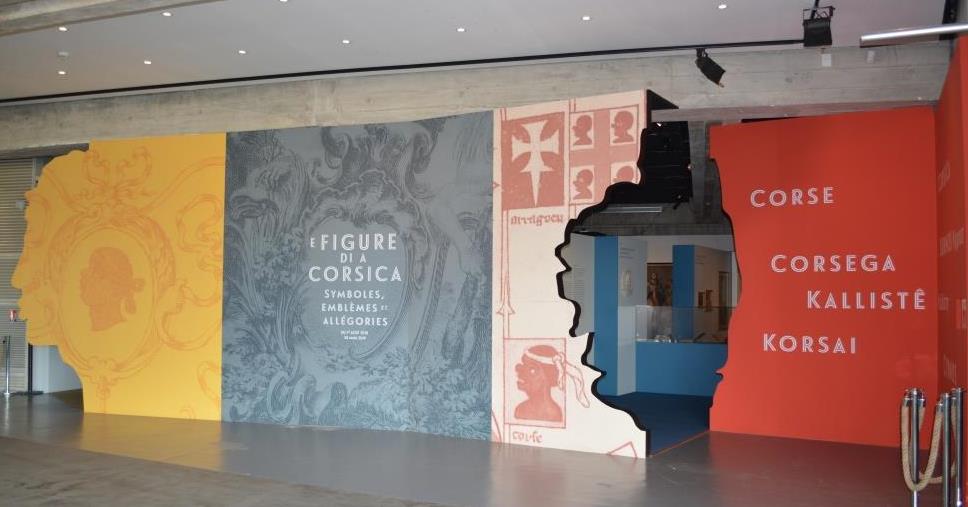
CdC, musée de la Corse/DR 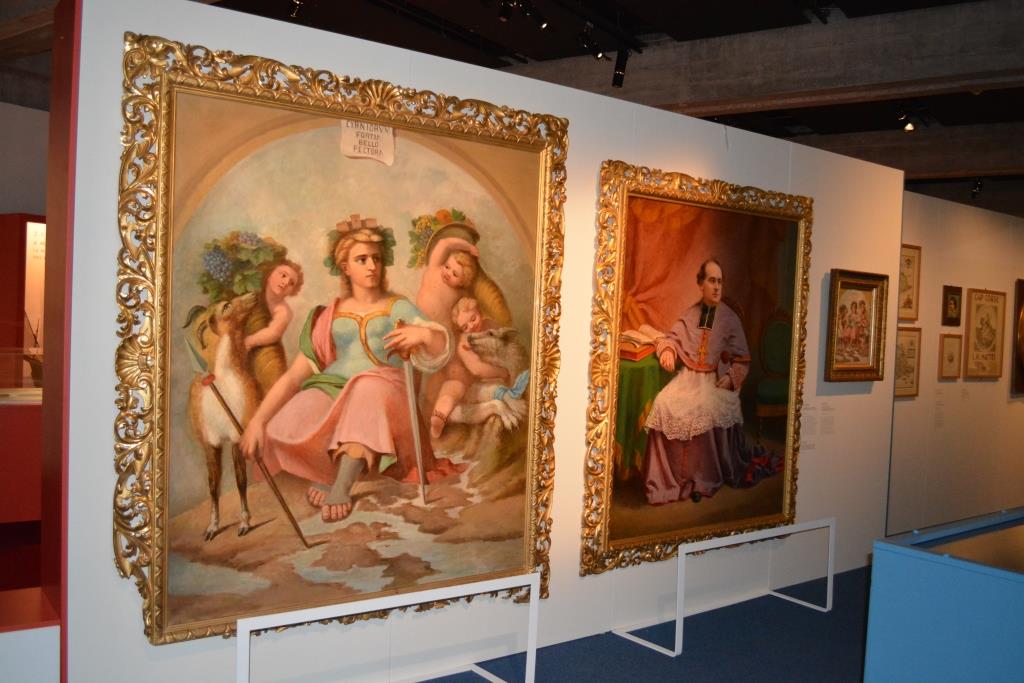
CdC, musée de la Corse/DR 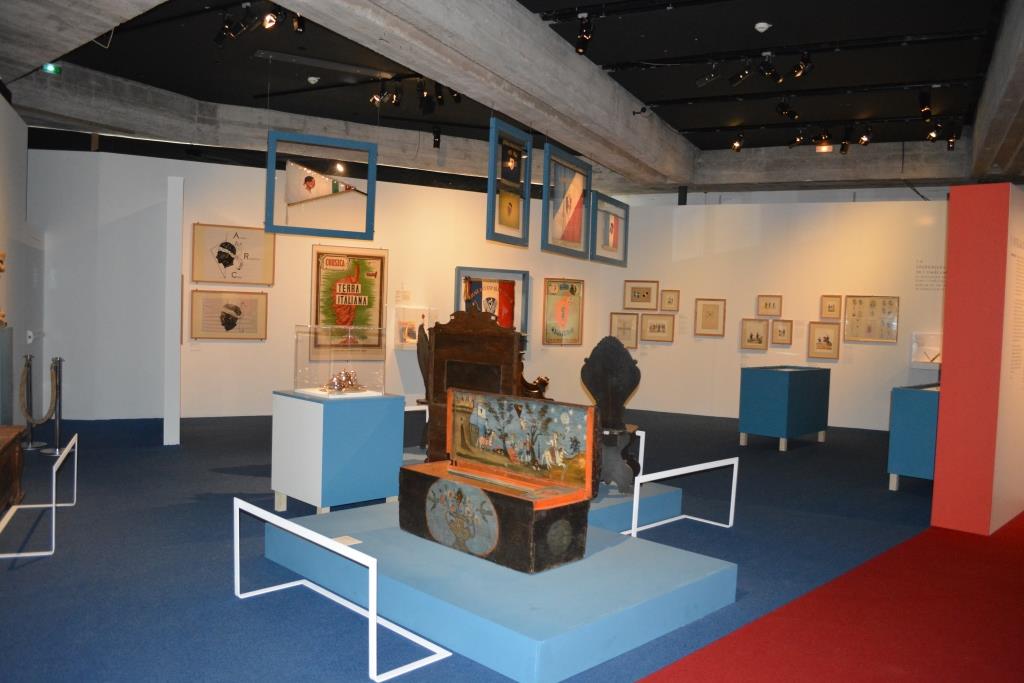
CdC, musée de la Corse/DR 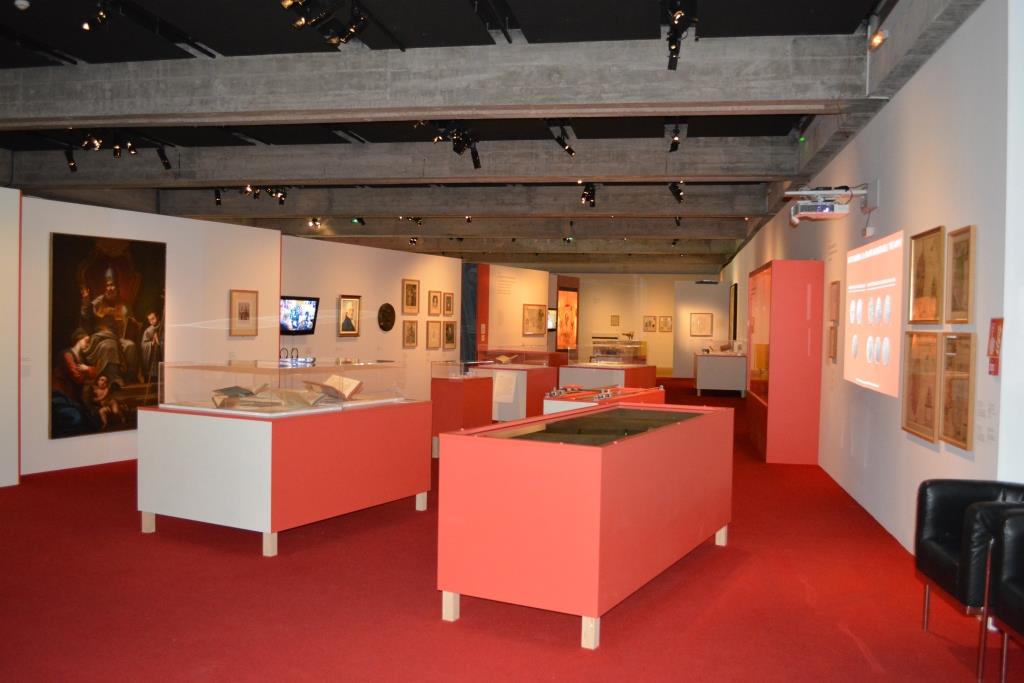
CdC, musée de la Corse/DR 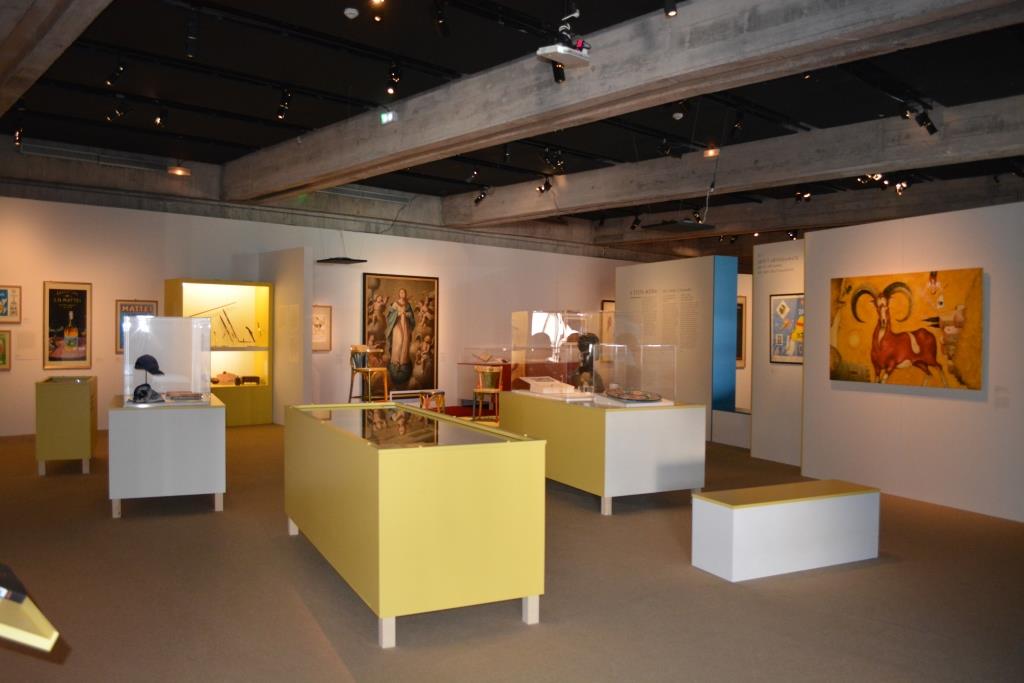
CdC, musée de la Corse/DR
